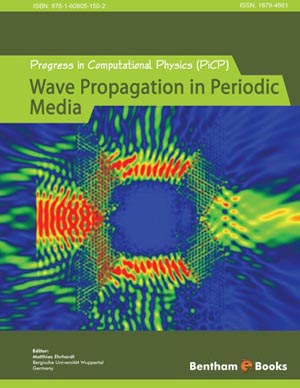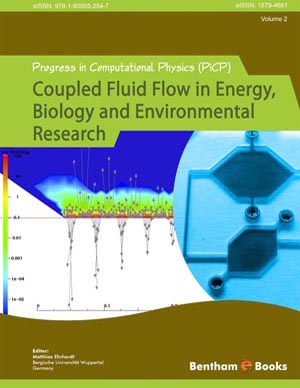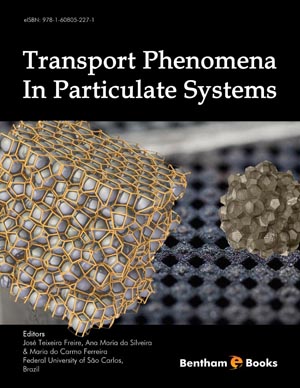Abstract
Recent developments in nanotechnology have resulted in significant
technical improvements in devices based on light's interaction with nanomaterials. As a
result, nanophotonics has seen a significant increase in attention among researchers.
The significance of low energy consuming information processing at high rates of
speed has pushed the use of light for information transmission and processing forward.
Nanophotonics hence introduces ways of integrating a wide range of systems that can
produce, regulate, amplify and process light waves that are at superfast accelerations,
as energy demands and interaction time decrease with a decrease in the particle
dimensions of the nanomaterials. Nanophotonics, also known as nano-optics, is a
branch of nanotechnology that studies characteristics of light at nanoscale dimensions
and the interrelationships of nano-scale materials with light. Nanophotonics is a
subfield of nanotechnology and a discipline of optoelectronics. On a dimension
considerably smaller than the wavelength of light, it presents new opportunities for
exploring concepts of interaction between the propagating light and matter.
Fundamental properties of nanomaterial-light interactions, such as nanometer photon
confinement and change in optical, chemical and physical properties of the material in
nanorange, continue to provide numerous possibilities for real-life applications. The
optical characteristics of materials can hence be enhanced by these materials having
dimensions smaller than the wavelength of light. Electromagnetic waves are diffracted
and dispersed if the material has dimensions in the range of the light wavelength or a
portion of the wavelength, and the numerous waves produced interfere with each other.
Controlling the spatial distribution of light, as well as its phase, polarization, and
spectral distribution may be accomplished by understanding such materials. Moreover,
materials with lower dimensions can be used to make extremely condensed
sophisticated systems in a variety of industries, including information technology,
optical interactions, photovoltaic energy, image processing, medical and surveillance.
This chapter reviews the various materials used for nanophotonics and their properties
as well as their nanophotonics application.













